For anyone taking the Series 86 exam more than once, you’re in good company. There is no shortage of very intelligent people that fail this exam. We’ve seen everything from PhDs, to MBAs, to Ivy League graduates, and even experienced research analysts from hedge funds miss this exam at least once.
In today’s post, we will recommend some tips on how to get through it the first time around, or at least the second time around if it’s too late for you.
Taking the Series 86 Exam More than Once…Again
The Series 86 Exam may be one of the hardest FINRA exams to take. In our experience at Professional Exam Tutoring, we’ve seen people much smarter than us fail this exam: Scientists, mathematicians, former engineers, doctors, and yes, even directors of research.
One of the main problems with this exam is that there is not a lot of options in terms of curriculum. STC remains the only textbook provider, and then there are video courses from Knopman Marks as well as our Series 86 exam course.
Furthermore, the exam has very specific assumptions that often need more instruction than what you might find in a textbook.
For instance, a basic study tip not mentioned in the textbook, but is required knowledge, is that when discussing a valuation multiple such as the P/E ratio, it is assumed that the earnings used are trailing 12 months. You may have a hard time finding this in the textbook, but if you are trying to decide between forward earnings and trailing 12 month earnings on the exam, you’ll need to know.
If You’re Stuck
While a tutor recommendation may seem a little disingenuous coming from a tutoring company, we still recommend it! We see that students without tutors have a much harder time on this exam.
That said, you also need the right tutor. Some tutors continue to teach the exam based off of the old core curriculum. We believe that is a mistake. The exam has changed significantly over the past year. The focus should be much more on conceptual questions, while making sure to apply it to the core material.
There is also a requirement to have a deeper understanding of the ratios used. For example, knowing that the current ratio could also be described as the “working capital ratio” could be important. In other words, simply memorizing the ratios doesn’t necessarily cut it on the exam.
For more tricks and others, feel free to reach out to our Series 86 tutor. You can also respond to this email. In the meantime, good luck studying!
